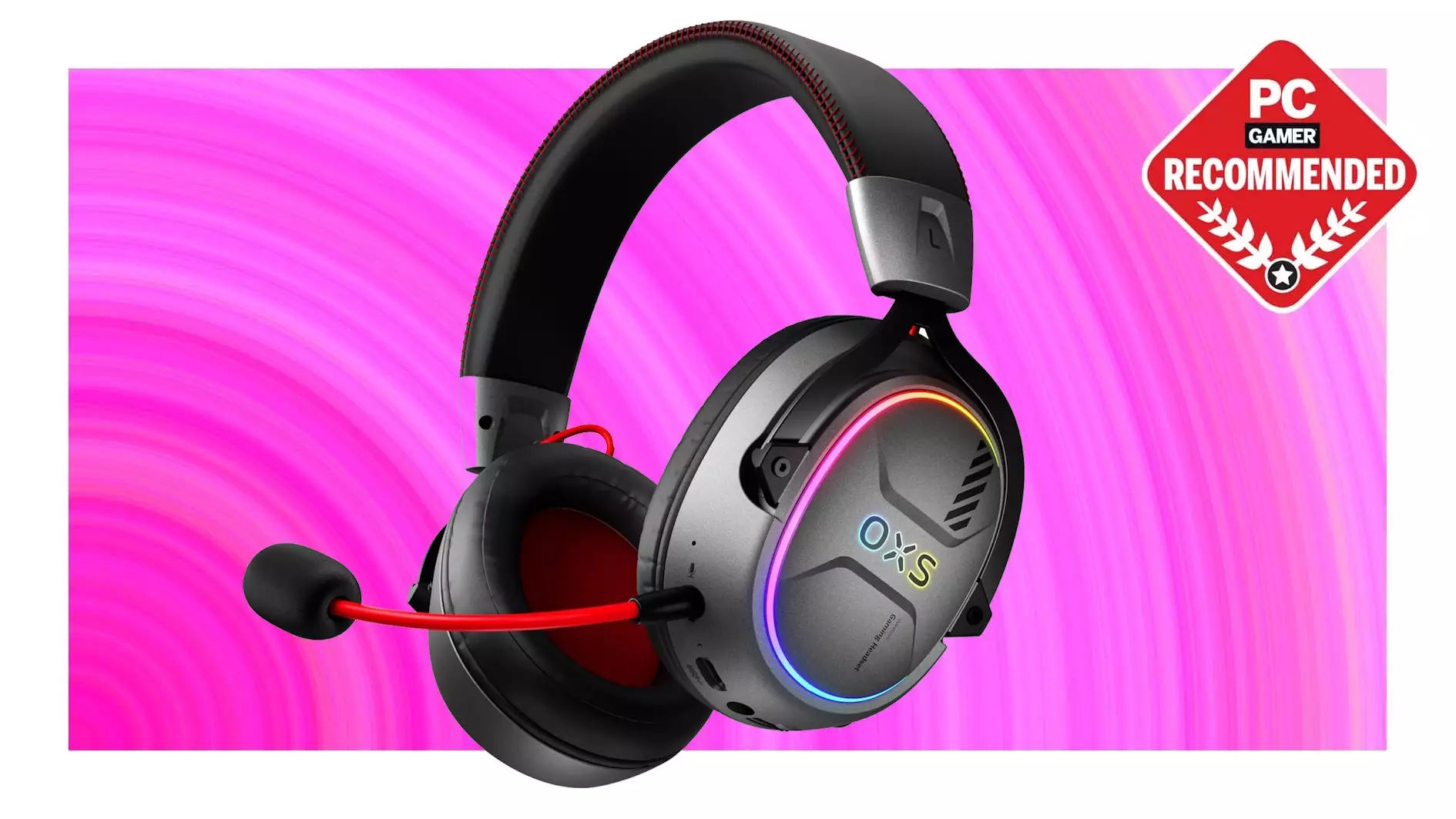In today’s gaming landscape, equipment quality varies widely, and consumers often find themselves caught between exorbitant prices and subpar alternatives. The market has been flooded with budget headsets that claim to deliver wireless convenience but frequently fall short in sound fidelity and durability. The allure of a cheap price often masks underlying compromises, leading gamers to question whether focusing solely on affordability is a wise strategy. This brings us to an intriguing discussion: Can a low-cost wireless gaming headset truly serve the needs of casual players without sacrificing essential features?
The OXS Storm G2 exemplifies this dilemma. Priced at just around $50 during promotional sales, it appeals to gamers who prioritize affordability over premium audio quality. While its sound profile is somewhat hollow with muddled midranges, it compensates with a decent microphone, reliable connectivity options, and respectable battery life. However, the question remains: are these features enough to justify its use? For many, the answer is yes—especially for those who are not audiophile purists but simply want a dependable device for casual gaming and communication.
This headset’s success lies largely in its strategic balancing act. It doesn’t pretend to compete with high-end models with rich, immersive sound; instead, it delivers decent performance for its price point. This approach underscores a broader truth in the gaming accessories market: not every gamer needs studio-quality audio. Casual players, or those who value functionality over finesse, should explore options that prioritize core features—wireless convenience, good microphone clarity, and long-lasting battery life—without paying inflated prices.
Affordability as a Power Move: Winning Through Practicality
Pricing remains the defining factor that elevates the Storm G2 above its underwhelming soundscape. For a mere $50, gamers are getting a wireless headset that offers flexibility—2.4 GHz connection for lag-free gaming, Bluetooth for multitasking, and wired options for those who prefer traditional setups. While the sound quality isn’t groundbreaking, it suffices for quick matches or voice chats, especially when the primary goal is communication rather than audiophile-grade immersion.
Furthermore, the headset’s feature set reflects a pragmatic approach: Comfort, decent mic quality, and decent battery longevity make it an attractive proposition for casual use. It’s not promising to redefine gaming audio standards; instead, it’s a tool that gets the job done efficiently. Its RGB lighting is negligible to most users, but that’s a minor aesthetic aspect that can be easily disabled.
More importantly, the Storm G2 demonstrates how strategic pricing can democratize access to wireless gaming gear. Too often, premium headsets alienate budget-conscious players; by contrast, models like this remind us that you don’t need deep pockets to enjoy wireless gaming. The key is understanding your own needs—if you’re not a competitive eSports athlete or audiophile, then a well-lit, affordable headset that performs reliably can be an excellent investment.
Is It the Right Choice for You? A Realistic Perspective
Anyone considering the Storm G2 must evaluate their specific needs and expectations. If your primary use involves chatting with friends on Discord or casual multiplayer sessions, then this headset provides more than enough functionality. Its long battery life allows for extended gaming sessions, and the microphone performs well enough to keep your team’s communications clear.
However, gamers craving crisp sound and immersive audio might find this model lacking. It doesn’t feature advanced EQ adjustments or high-fidelity audio drivers, which are often paywalled behind premium models. The hollow sound profile isn’t a deal-breaker for some but can be a significant drawback for others who value sound quality as part of the gaming experience.
Ultimately, the Storm G2’s success lies in its role as a value-oriented device that prioritizes essential features over premium aesthetics or sound. It caters perfectly to a demographic that isn’t willing to spend hundreds on a headset but still desires wireless convenience and decent microphone quality. For those individuals, especially casual gamers or budget enthusiasts, it represents a smart, no-frills choice—proving that sometimes, practicality trumps perfection.

